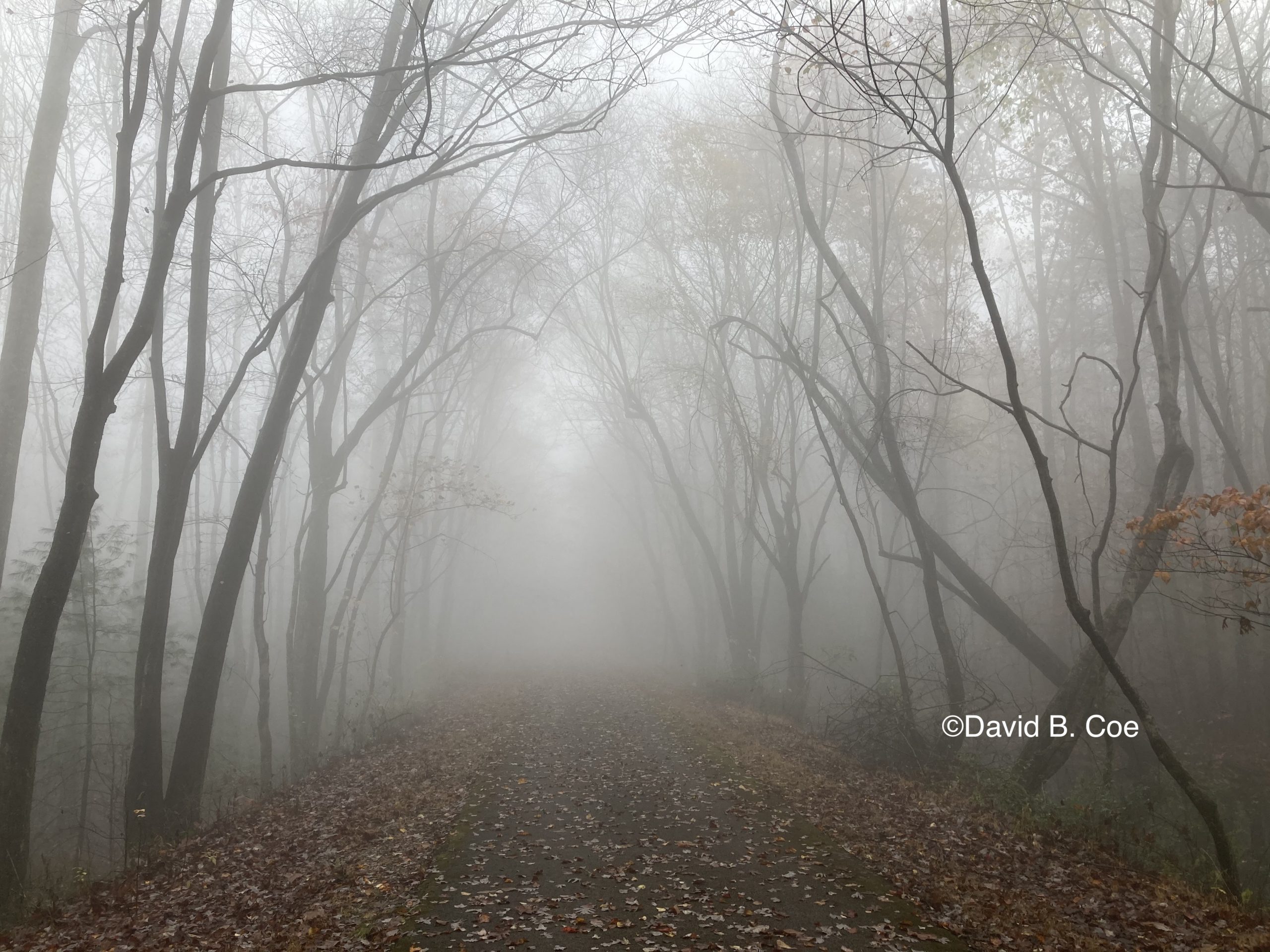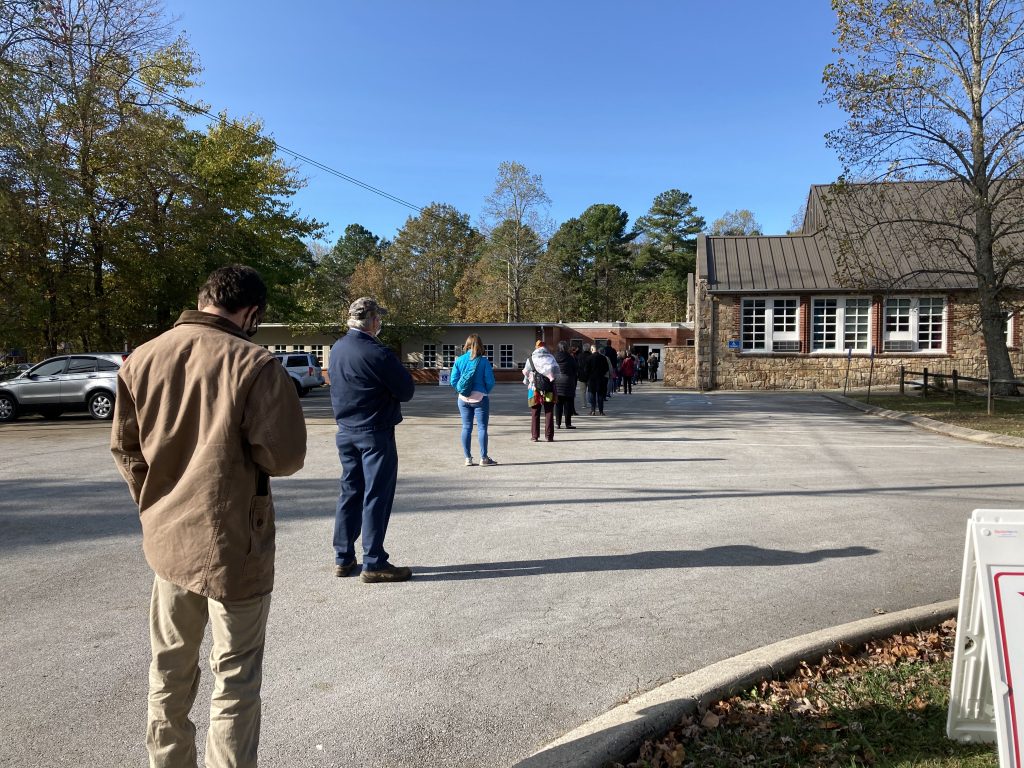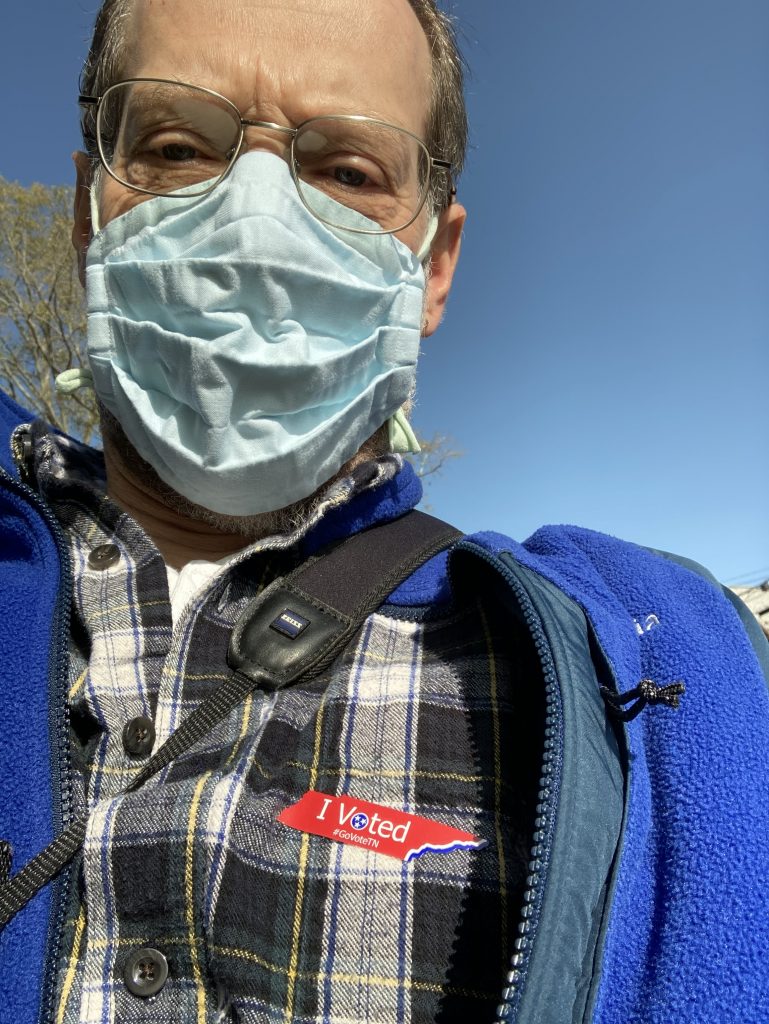I’m taking a break from dispensing advice for this week — well, mostly: Don’t eat too much, take a walk after your Thanksgiving meal, and never, ever pick the Lions to win on Thanksgiving Day.
Instead, I am seeking advice from you. At the beginning of 2020, I decided that I was going to be more intentional about blogging. Monday Musings, Writing-Tip Wednesdays, and Photo Fridays were the result. I haven’t missed a post all year long, and, more to the point, I have enjoyed blogging. It has allowed me to chronicle this terrible, remarkable, consequential year. It has forced me to take photos more regularly. And it has allowed me to offer what I hope has been helpful writing advice.
The thing is, I’m not sure what to do about blogging in 2021. I intend to continue the Monday Musings feature. I’m sure there will be plenty to chronicle in the year to come, and while the balance of the posts will likely skew less to the political than it has this year, I have no doubt that I’ll have plenty of material. Likewise, the Friday feature will probably continue in some similar form. I got a great response to the musical post I did a few weeks ago, and so I might mix in more of that in the new year. And I might post a couple of short readings as well. So rather than limiting myself to Photo Fridays, I might expand it to Creative Fridays. But in a loose way, I’ll keep it going. At least that’s my thinking. I would welcome feedback on this.
Mostly, though, I need your help with Wednesdays. The truth is, I am just about out of topics for Writing-Tip Wednesdays. There are a few more things I can do that will get me through the rest of this year. But there is no way I can sustain the feature for all of 2021, much less in years beyond, at least not without repeating myself conspicuously. And so I would love to know what you would like to see in my Wednesday feature. I am happy to keep the focus on writing — the craft and the business. I’m just not certain how to do that.
One thing I have thought of is keeping a sort of professional journal — keeping track of the things I do to complete and market and promote my work. This would no doubt lead to lessons, advice, insights into the craft and business, etc. But I fear it would be terribly boring for you.
I could also use Wednesdays for professional musings — something like the Monday posts, but focused entirely on writing issues. I’m not entirely convinced that I can fill this space week after week with that, but it’s possible. I can certainly see where thoughts on writing might be helpful or illustrative, even if they’re not “how-to” in orientation. But again, I don’t know if this would be interesting for my readers.
I could also blend different ideas, add in a how-to post here and there if something comes to me that I haven’t yet covered, add in as well book recommendations or observations on storytelling I’m experiencing in movies, TV, books, articles, etc. In other words, have a sort of catch-all “Professional Wednesdays” that covers a host of stuff. The trouble I foresee with this is simply that I will, each week, be scrambling to think of SOMETHING I can do for my Wednesday posts. Not necessarily much fun for me. On the other hand, with a more open format for Wednesdays, maybe I’ll find that it’s easier to think of topics. I honestly don’t know.
It doesn’t help that none of us has any idea what 2021 is going to look like in terms of travel, conventions, the marketplace, etc. Another year of limitations and isolation like this one, and I could see all of these Wednesday ideas running out of steam pretty quickly.
So, what do you all think? Do you like any of the ideas I’ve offered here? Am I missing something obvious that you think would make for an interesting feature? If so, PLEASE tell me what it is.
I really do want to keep the Monday-Wednesday-Friday structure going. I’ve enjoyed it. I’ve seen a dramatic uptick in traffic on my sites. And I’ve enjoyed the responses my posts have evoked from all of you.
But I need your help to keep it going. So please comment on my Facebook page or my FB group, or on my Twitter feed. I’m looking forward to your advice and input. Thanks!











 Today’s Photo Friday images come from Election Day. Here in our little town, our orderly, socially-distanced voting line stretched out the entrance of our elementary school, through the parking lot, and down the sidewalk. It took me 45 minutes to vote. For Nancy, a bit later in the day, it was an hour. That may not sound like much to many of you, but in a town of about 3,000 people it is WAY more than I’ve ever had to wait in any other election. (I’ve been voting here since 1992.)
Today’s Photo Friday images come from Election Day. Here in our little town, our orderly, socially-distanced voting line stretched out the entrance of our elementary school, through the parking lot, and down the sidewalk. It took me 45 minutes to vote. For Nancy, a bit later in the day, it was an hour. That may not sound like much to many of you, but in a town of about 3,000 people it is WAY more than I’ve ever had to wait in any other election. (I’ve been voting here since 1992.)